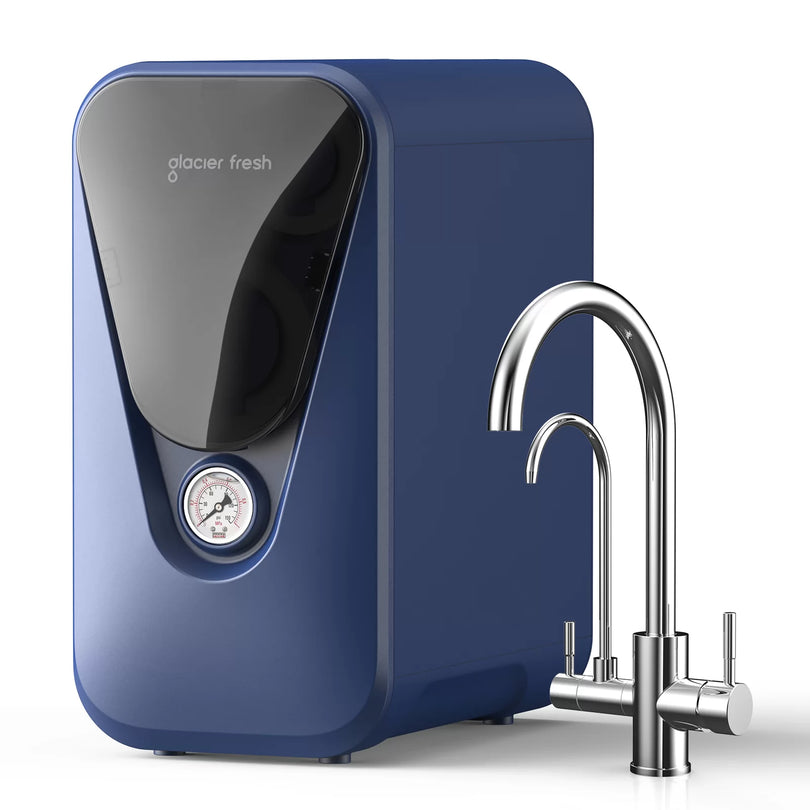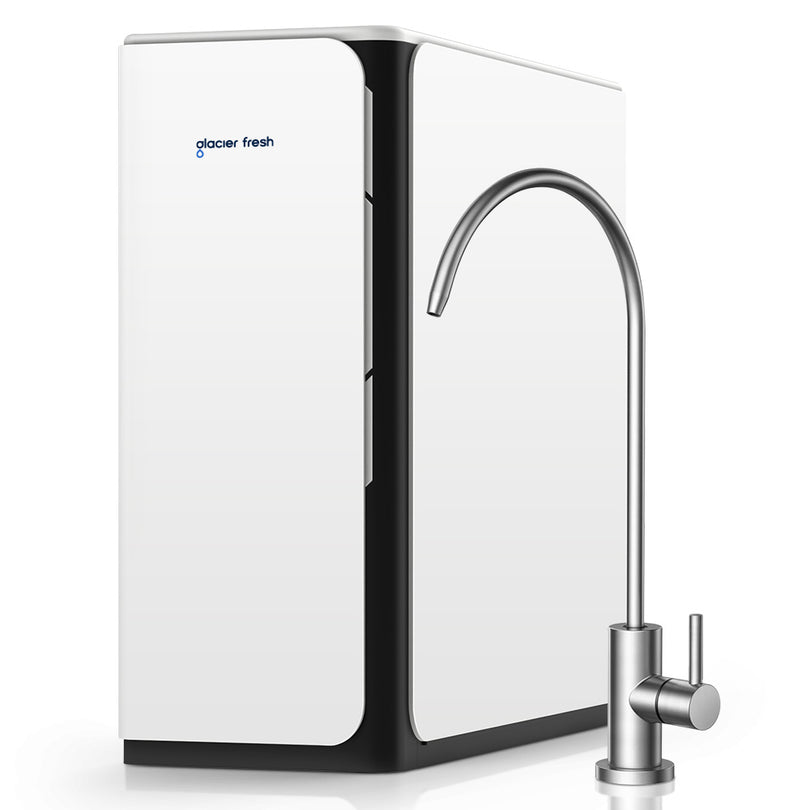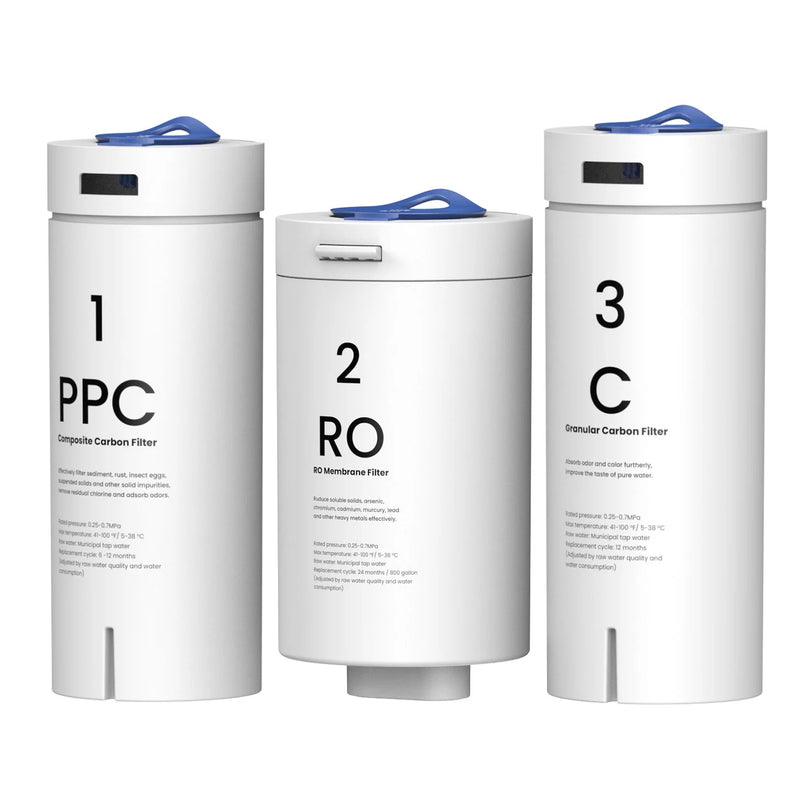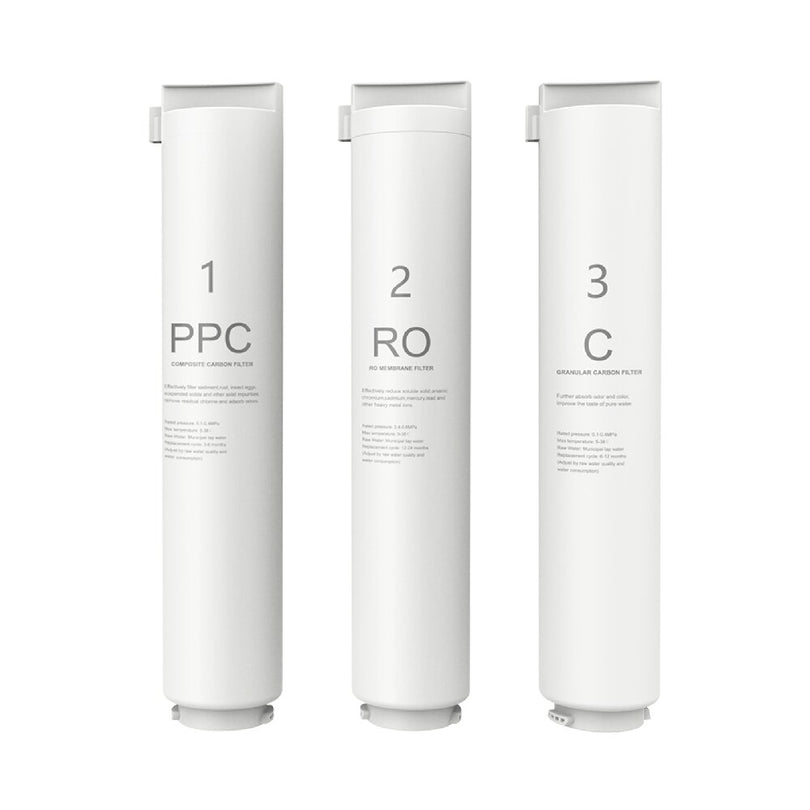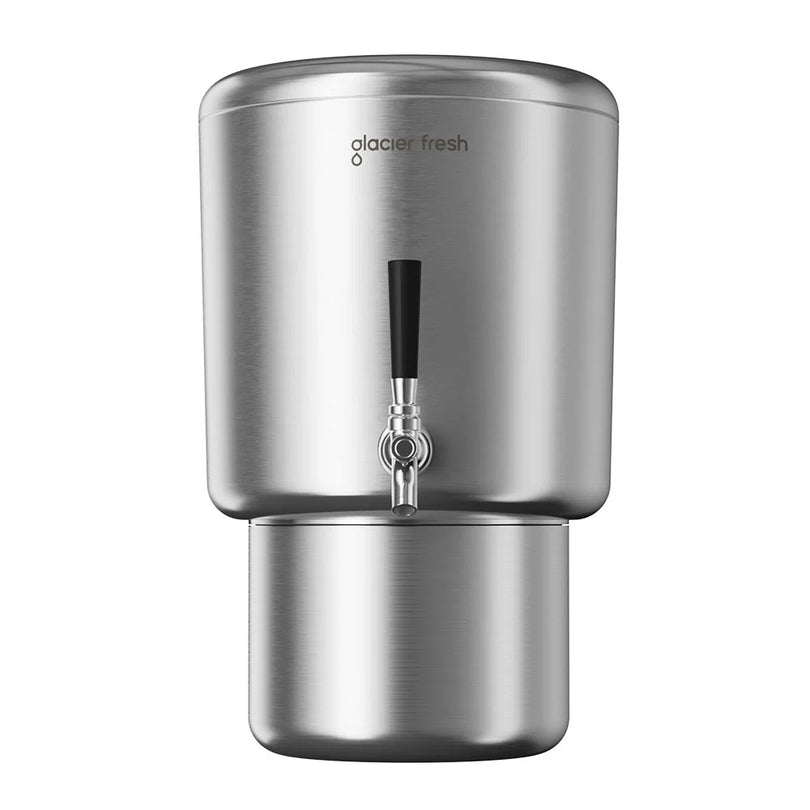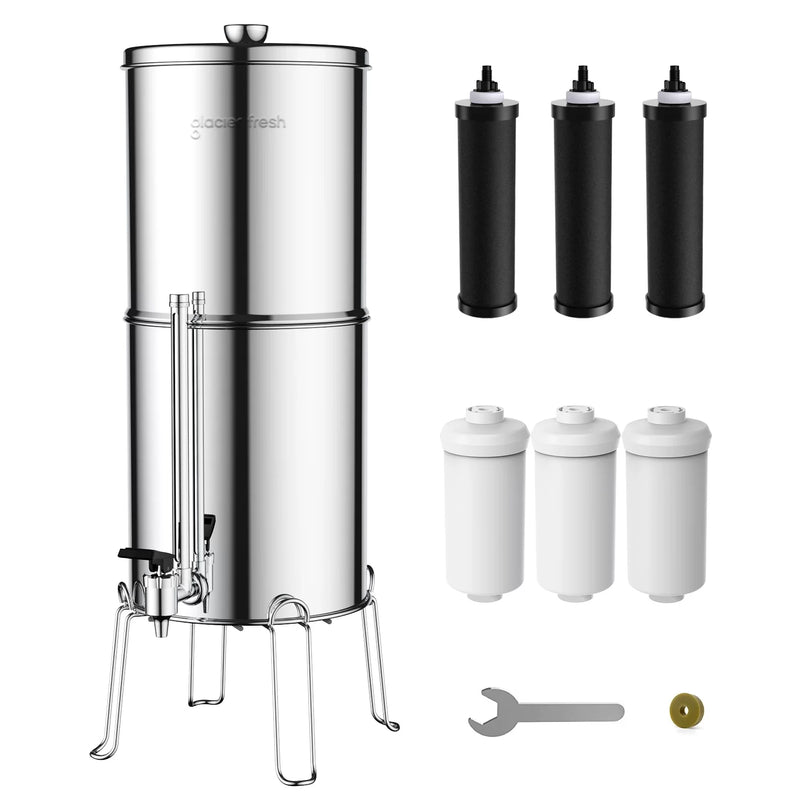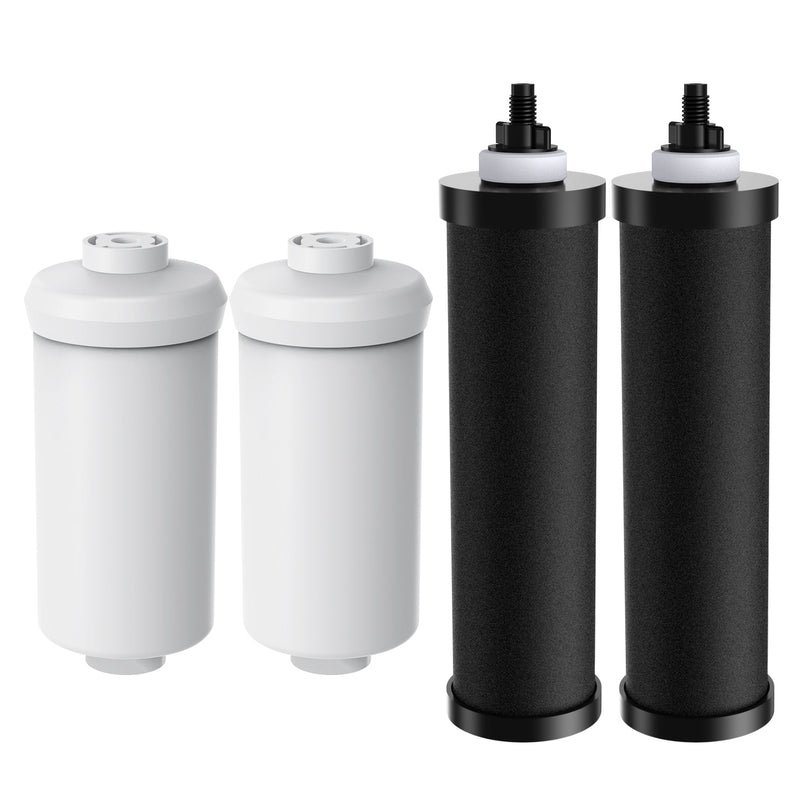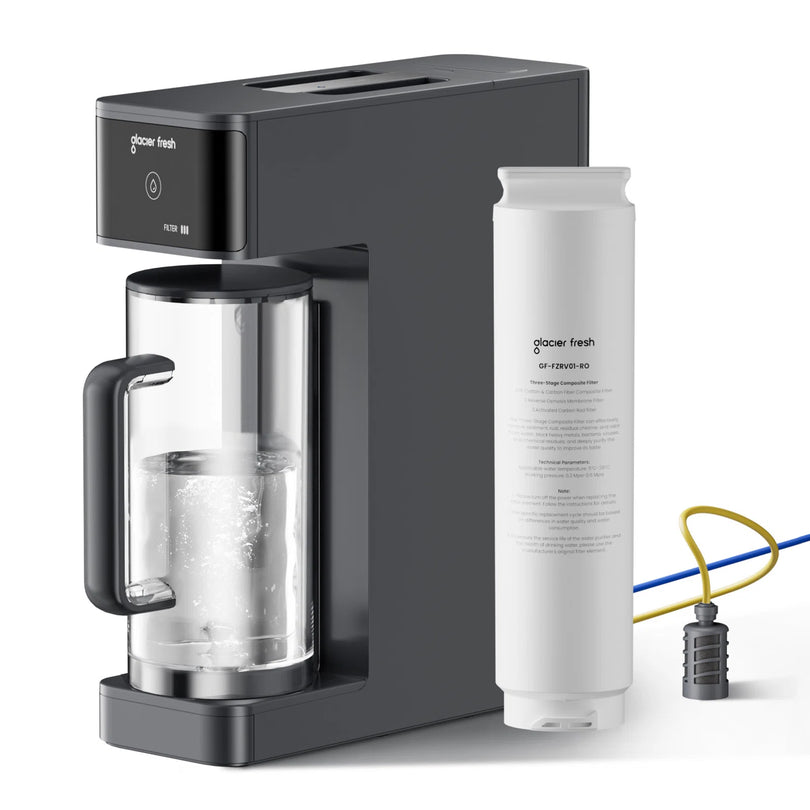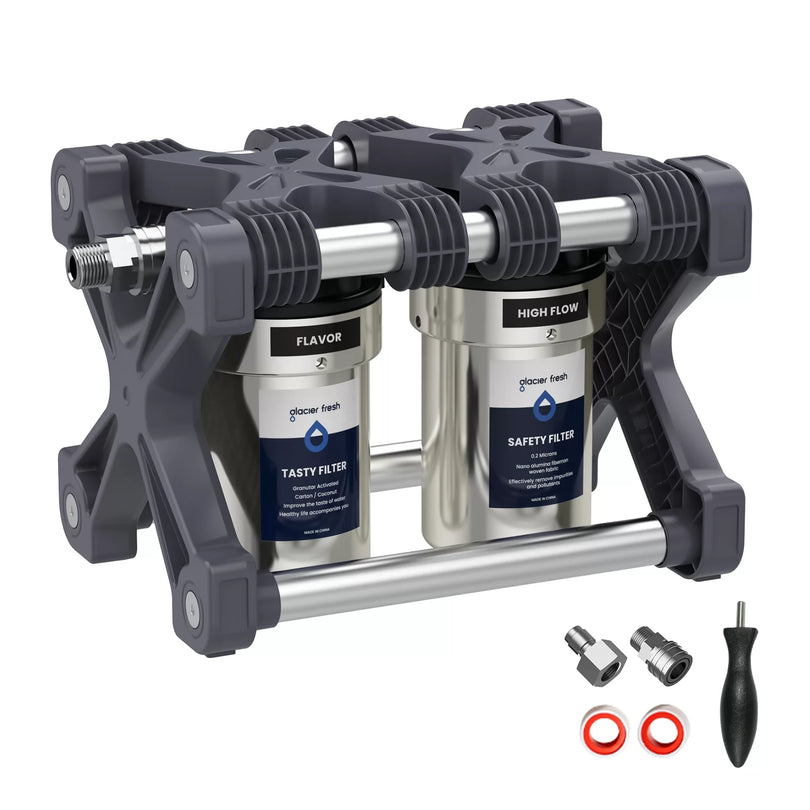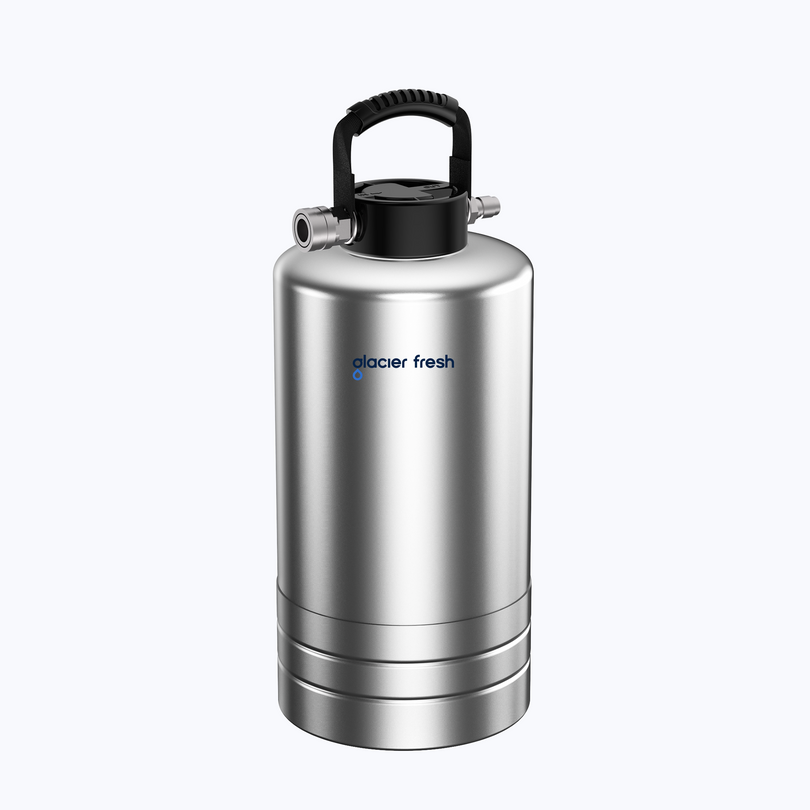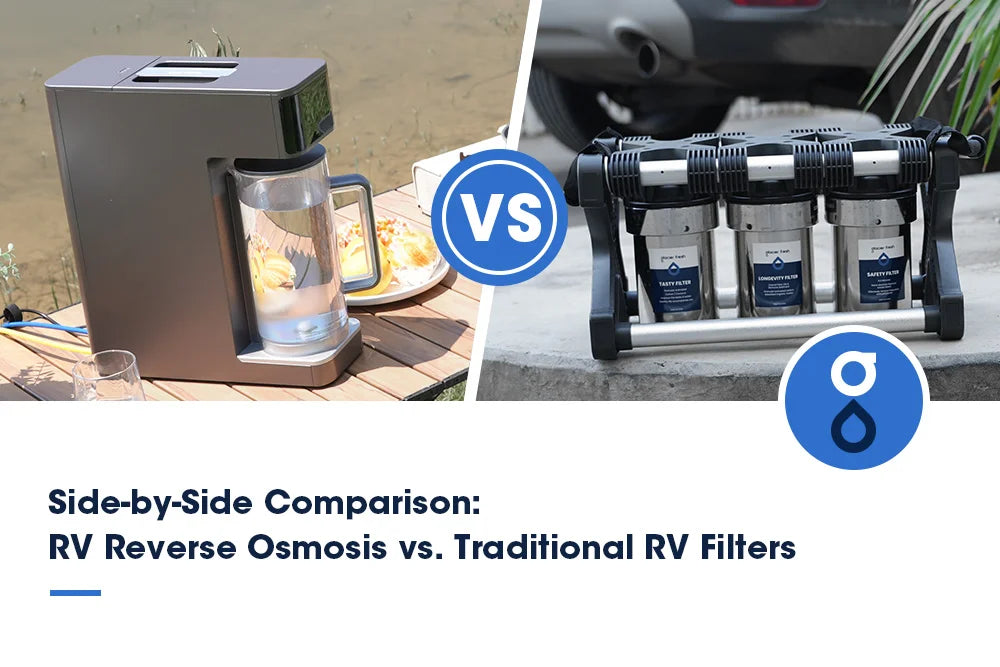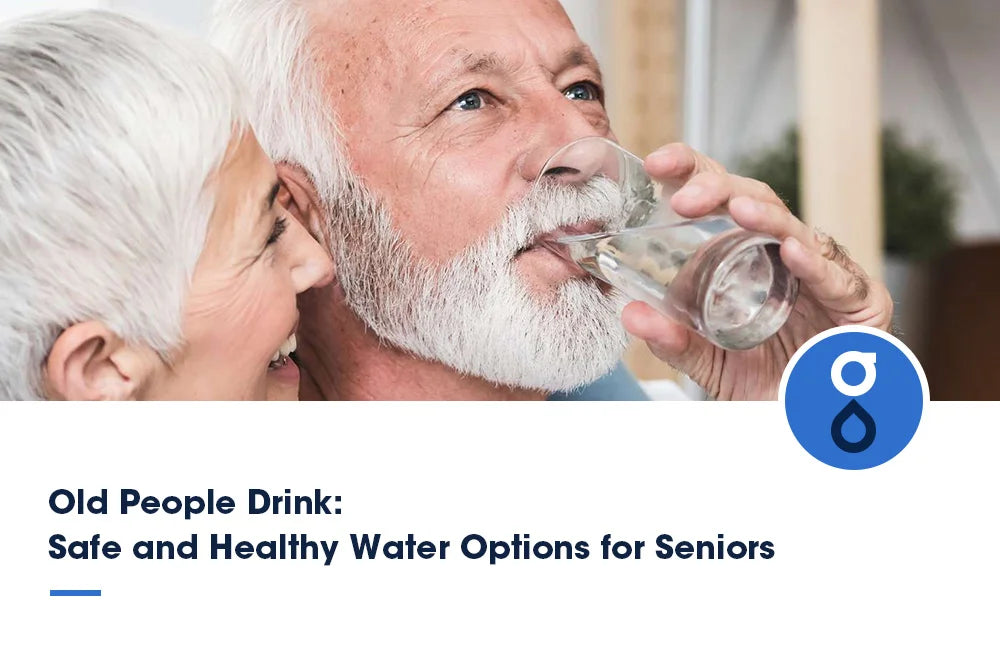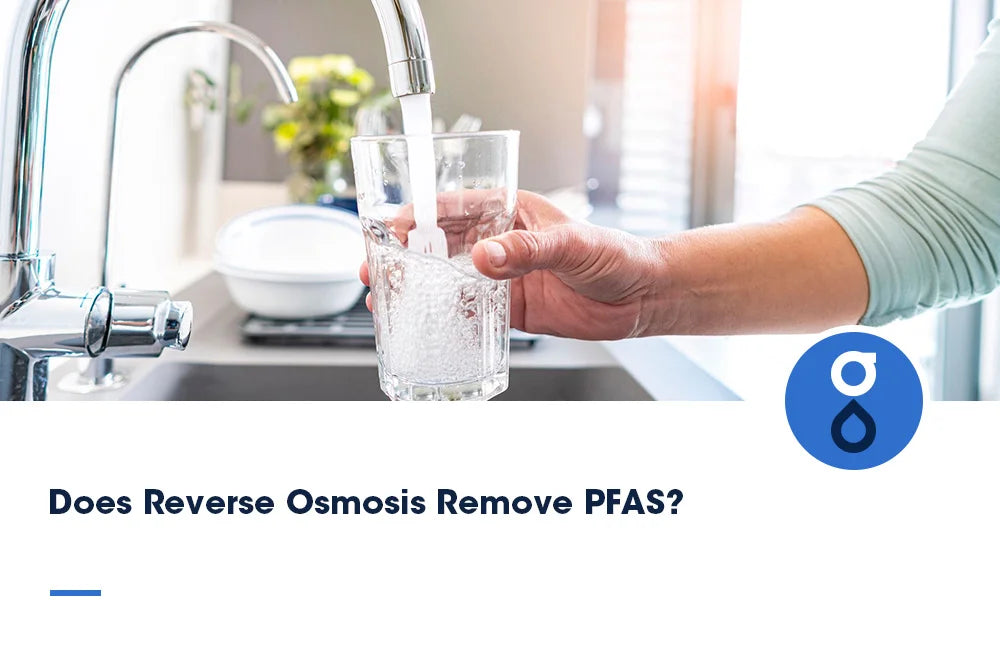Table of Contents:
Why clean water matters in an RV?
What is an RV reverse osmosis system?
What is a traditional RV water filter?
Side-by-side comparison: RV RO vs. traditional RV filters
Which option is your best choice?
FAQs
Conclusion
When you’re traveling in an RV, every detail matters—especially your drinking water. Depending on where you stop, campground water can taste unpleasant, leave behind sediment, or even contain harmful contaminants. For RVers, having a reliable water filtration system is essential not only for comfort but also for maintaining health and protecting appliances.
Two of the most popular solutions are RV reverse osmosis (RO) systems and traditional RV water filters. But which one is the best choice for your travel lifestyle? Let’s break them down and compare them side by side.
Why clean water matters in an RV?

Water hookups at campgrounds can vary wildly. Some supply water with high chlorine levels, while others may contain sediments. Additionally, some rural sources may contain heavy metals, pesticides, or bacteria. Clean water in your RV affects:
- Your health – Safe hydration and cooking water prevent stomach issues and long-term risks from contaminants.
- Your appliances – Sediment and scale can damage plumbing, coffee makers, and showers.
- Your comfort – No one wants water that smells like chlorine or leaves a metallic aftertaste.
A filtration system is the best way to ensure consistent water quality, no matter where the road takes you.
What is an RV reverse osmosis system?
An RV reverse osmosis system uses a semipermeable membrane and multiple stages of filtration to remove up to 99.9% of contaminants, including bacteria, viruses, heavy metals, fluoride, and even PFAS (“forever chemicals”).
Key benefits:
- Produces bottled-water quality taste.
- Removes a wide range of impurities.
- Portable and durable, designed for camping, boondocking, and overlanding.
- Certified for safety and performance (NSF/ANSI, FCC, FDA, CA65).
Limitations:
- Produces wastewater during filtering.
- Slower flow compared to simple hose filters.
- Higher upfront cost and filter replacement price.
The RV Reverse Osmosis System is a standout option. It filters approximately 12 fl oz of water per minute, delivers up to 25,000 bottles’ worth of purified water before requiring a cartridge change, and is constructed with BPA-free materials.
What is a traditional RV water filter?
A traditional RV water filter usually relies on carbon and sediment filters. These are simple, inline systems that attach to your hose or can be installed under your sink.
Key benefits:
- Easy to set up—just connect and go.
- Reduces chlorine, odors, and visible particles.
- Lightweight and travel-friendly.
- More budget-friendly upfront.
Limitations:
- Cannot remove heavy metals, fluoride, or most microbial contaminants.
- Filters typically last 3–4 months before replacement.
- Doesn’t provide the same purification level as RO.
The 3-Stage RV Water Filtration System utilizes a 0.2-micron high-flow filter, a carbon block, and a sediment filter to deliver clear, better-tasting water. It’s compact, eco-friendly, NSF-certified, and perfect for travelers who want convenience and good taste without the complexity of RO.
Side-by-side comparison: RV RO vs. traditional RV filters

Which option is your best choice?
- Choose an RV RO system if you’re a full-time traveler, spend time boondocking, or want peace of mind that your water is free of nearly all contaminants.
- Choose a traditional RV filter if you mainly camp at established sites, travel on weekends or vacations, and just need better-tasting water without the complexity.
- Hybrid approach: Many RVers combine both—using a traditional inline filter for sediment and an reverse osmosis system for drinking water.
FAQs
Is remineralization necessary after RO?
Not always. RO systems remove beneficial minerals along with contaminants, but most RVers find the taste clean and refreshing without the need for remineralization. If you prefer mineral-rich water, you can use a remineralization cartridge or add trace minerals back in.
Does RO waste too much water for boondocking?
Modern RV RO systems, such as GlacierFresh, are designed to be efficient, although they do use additional water. The tradeoff is superior purity and taste.
How often should filters be replaced in each system?
RO cartridges typically last for thousands of gallons (up to 25,000 bottles). Traditional filters typically last 3–4 months, or approximately 500 gallons.
Conclusion
Both systems enhance your RV water experience, but the right choice depends on your travel style. If you’re on the road full-time or often camp in areas with questionable water, an RO system is worth the investment. If you travel occasionally and want a quick, budget-friendly solution, a traditional filter is more than enough.
Regardless of which option you choose, investing in a filtration system will make every mile healthier, safer, and more enjoyable.

